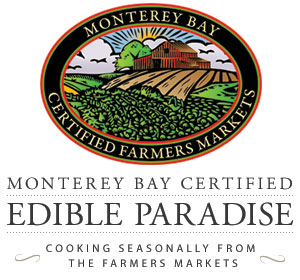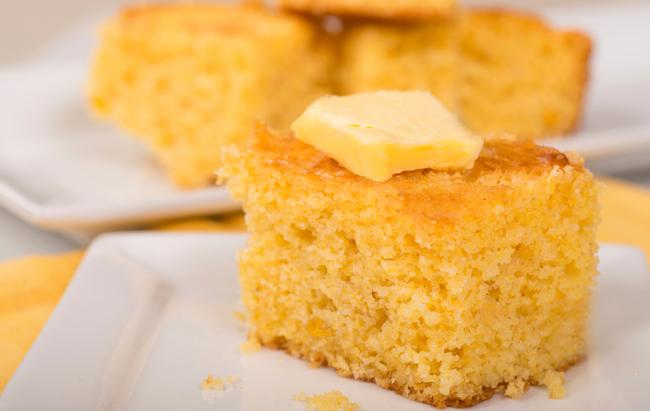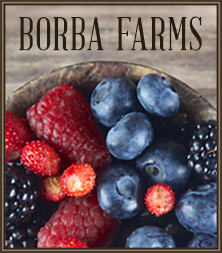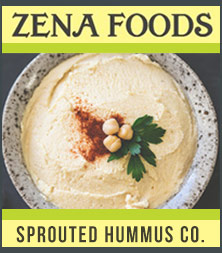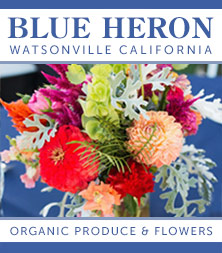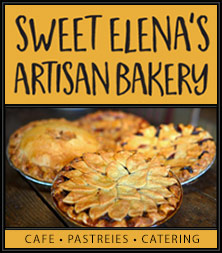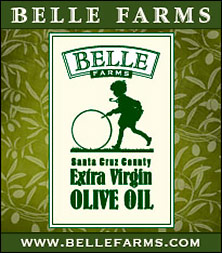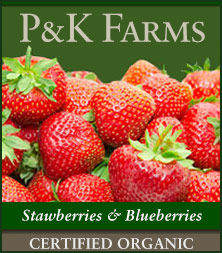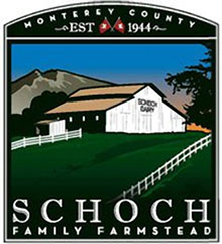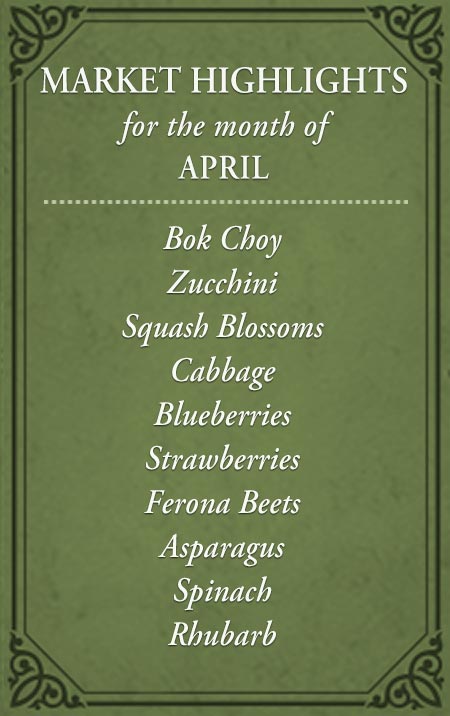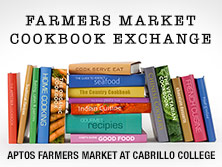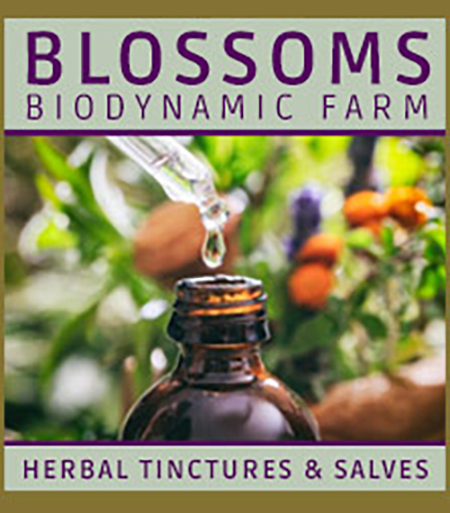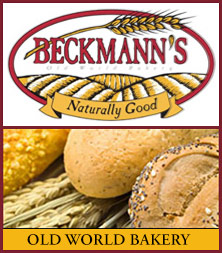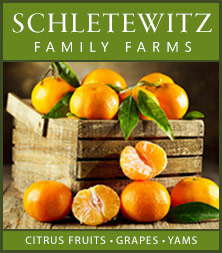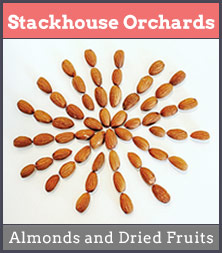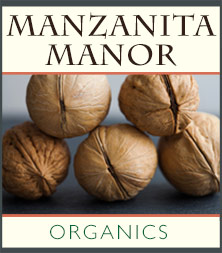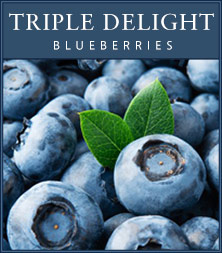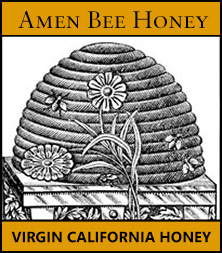Cornbread is one of America’s most enduring comfort foods, tracing its humble roots back to the earliest colonial kitchens. When the first settlers arrived in North America, wheat flour was scarce, so they turned to the local grain that Indigenous peoples had cultivated for centuries — corn. Native Americans had long used ground corn for cooking, and the settlers quickly learned to make hearty breads from cornmeal. From those beginnings came an array of beloved traditions: baked cornbread, hoecakes, corn pone, johnnycakes, and hushpuppies — all uniquely American.
Though most often associated with the South, cornbread is cherished across the country, with regional variations that reflect local tastes and traditions. In the South, true cornbread is often unsweetened and baked in a cast-iron skillet until the edges are crisp and golden. A classic Southern treat is to crumble a piece into a tall glass of cold buttermilk — a simple pleasure eaten with a spoon at the end of the day. Skillet cornbread also forms the foundation of oyster dressing, a treasured holiday side dish throughout the region.
Farther north, New England cooks developed their own interpretations. Boston and Vermont brown breads, made with cornmeal, rye, and whole wheat flours, are steamed rather than baked and sweetened with molasses or maple syrup. Studded with raisins and rich in flavor, they’re often served sliced and buttered alongside baked beans. Anadama bread — a New England original — blends cornmeal and yeast dough for a hearty loaf born in a Massachusetts seaport town.
Heading west, Texans and Southwestern cooks gave cornbread a spicy twist. Their versions are often lighter and fluffier, baked with chopped jalapeños, kernels of sweet corn, and melted cheese — perfect for dipping into a bowl of chili con carne. Corn pudding, a creamy baked casserole that bridges the gap between spoon bread and cornbread, is another Southern favorite with Tex-Mex flair.
By the time of the Gold Rush, cornbread had journeyed westward with settlers to California, taking on new forms in kitchens and cafés. The sweet, cake-like version popularized by the Marie Callender restaurant chain became a California classic, and its mix is now sold nationwide — proof of how deeply this simple bread has become woven into American food culture.
Today, cornbread remains endlessly adaptable — from rustic, skillet-fried rounds to golden muffin tins and tender spoonable casseroles. Cornmeal itself varies from coarse stone-ground (ideal for hearty texture) to finely milled, in shades of yellow or white depending on the corn variety. Recipes can be as plain as cornmeal, water, and salt, or enriched with milk, eggs, butter, and sugar for a sweeter bite. However you make it, cornbread is quick, comforting, and deeply satisfying — the perfect companion to chili, soups, and stews during the cool autumn months.
Serve it warm from the oven with butter, drizzle it with honey, or enjoy it just as it is. Any way you slice it, cornbread is true American goodness — simple, wholesome, and timeless.
RECIPES: Real Southern Cornbread, Boston Brown Bread, Brown Butter Maple Cornbread, Corny Cornbread Muffins, Anadama Bread, Steamed Brown Bread with Walnuts, La Beth’s Vanilla Cornbread, Texas Cornmeal Muffins with Jalapeno, and Sweet Cornbread Muffins
